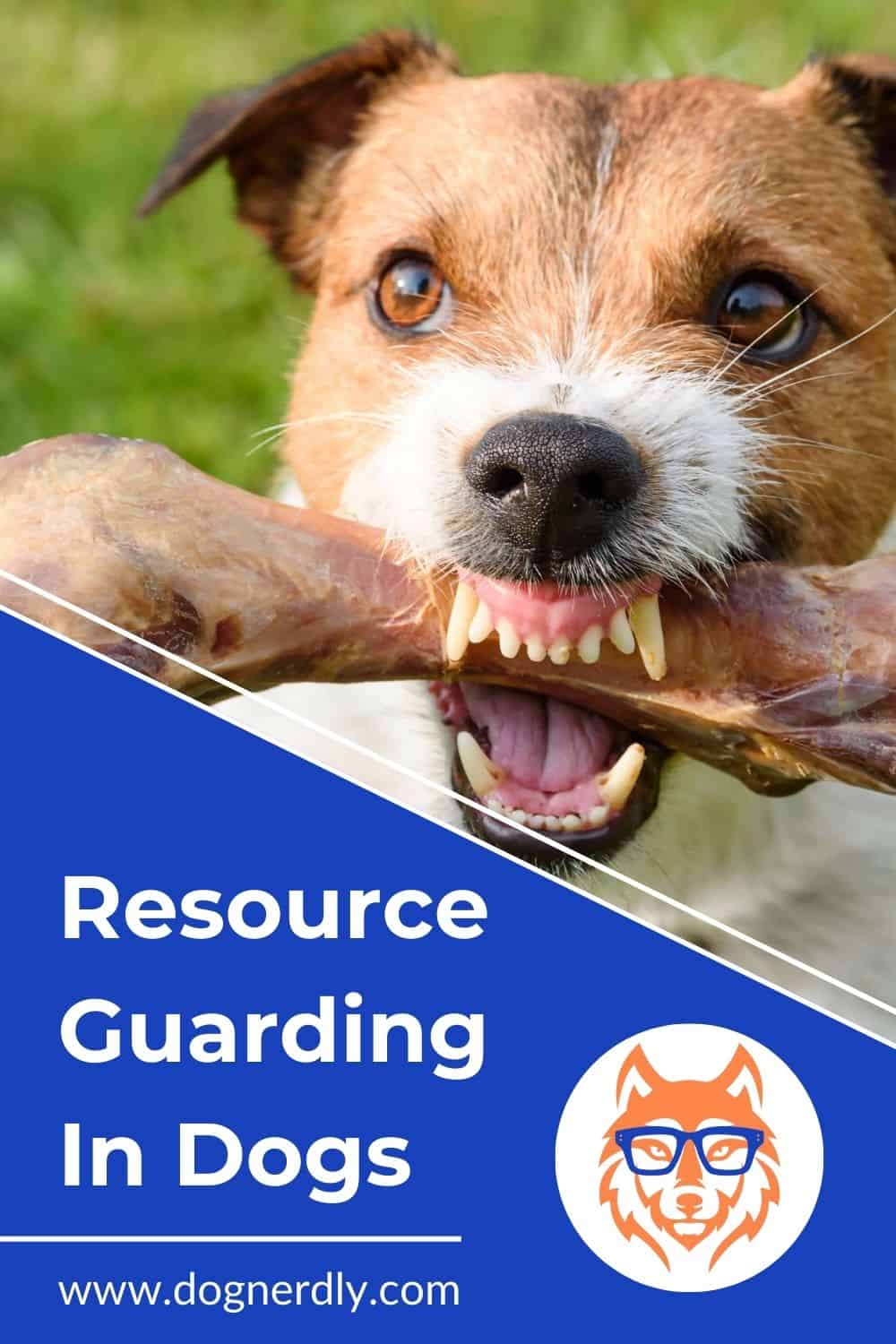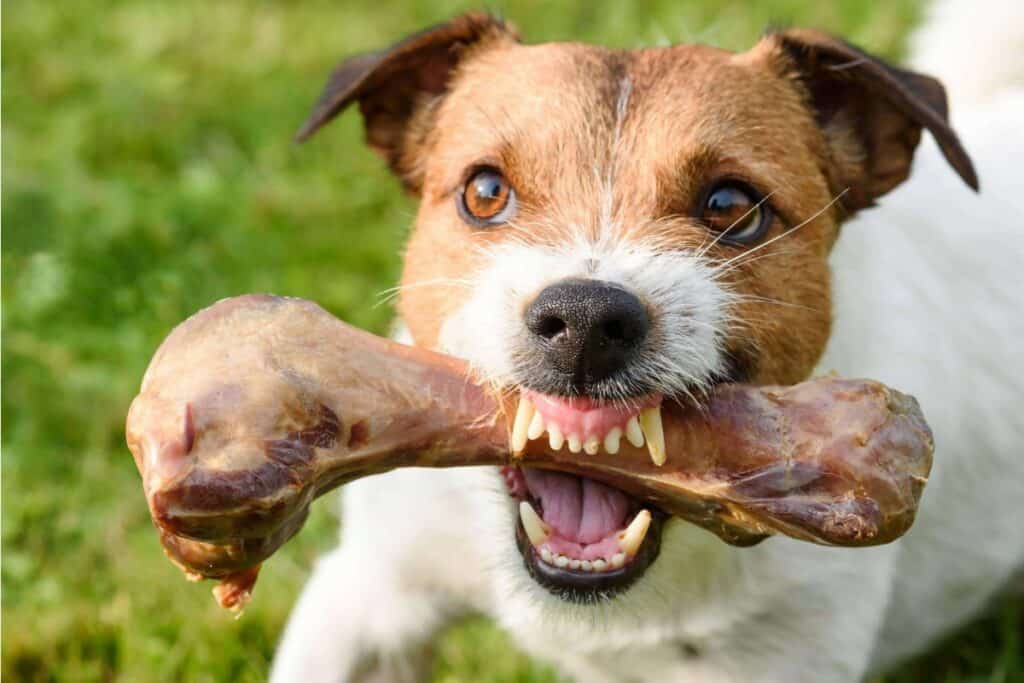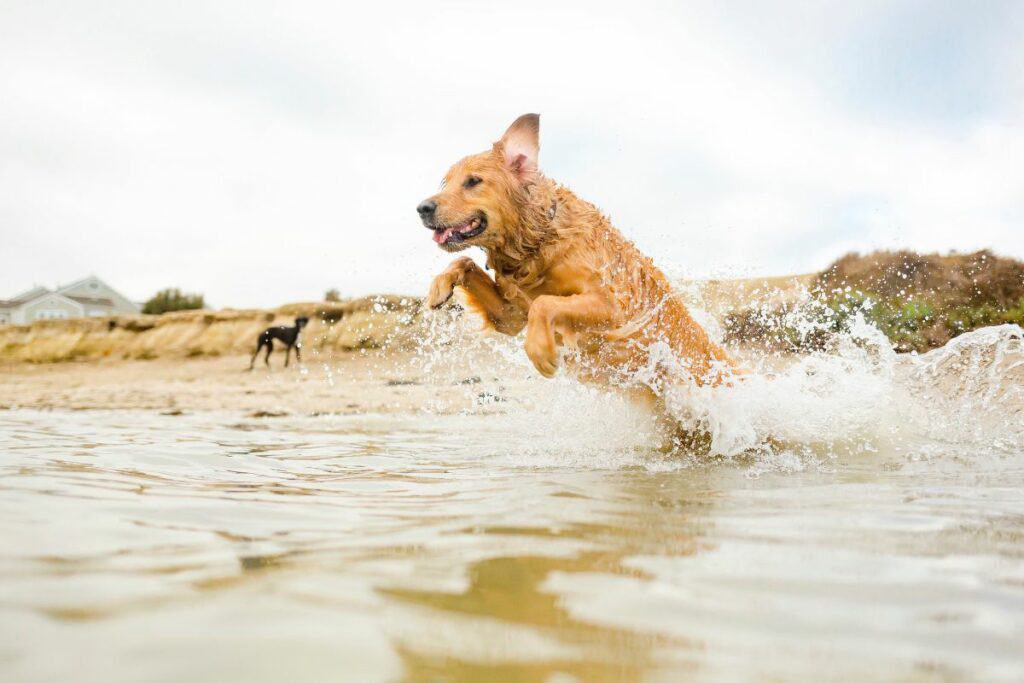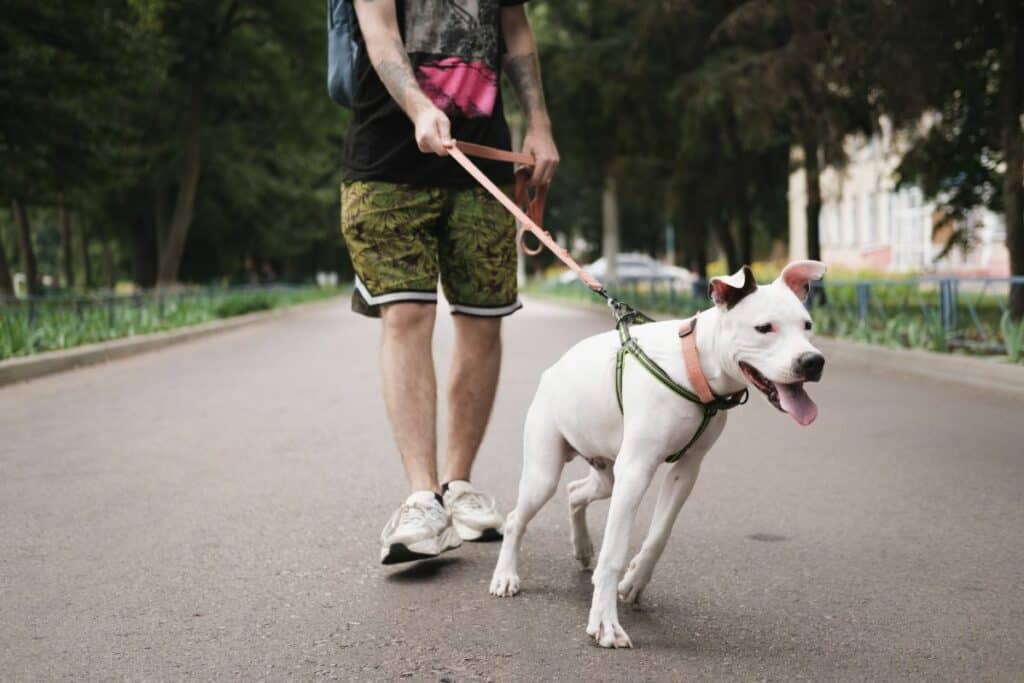As a seasoned pet care expert, I've encountered numerous cases of resource guarding in dogs throughout my career. This behavior, while natural, can often disrupt the harmony of a household and lead to stressful situations both for pets and their owners. In this detailed exploration, I'll share insights on understanding, preventing, and overcoming resource guarding, drawing on both my professional experiences and proven behavioral strategies.
Recognizing and addressing this behavior early can significantly improve the quality of life for both the dog and its family, ensuring safety and reducing stress in the household.
What is Resource Guarding?
Resource guarding refers to behaviors exhibited by dogs to control access to important resources. It's not uncommon to see a dog growl over a beloved bone or bark when another pet approaches their favorite sleeping spot. Such behaviors stem from a natural instinct to protect what they value, ensuring their survival. However, in a home environment, these instincts can lead to problematic behaviors if not managed correctly.
Resource Guarding Statistics
Resource guarding studies done by Cornell University have shown the following:
- 4% of dogs in shelters exhibit resource guarding behaviors.
- The behavior is more prominent in senior dogs and decreased as they got younger.
- Dog size was not a factor.
- Spayed females were twice as likely to resource guard, but neutered males were no more likely than intact males.
Signs of Resource Guarding in Dogs
Identifying signs of resource guarding is crucial for intervening effectively before the behavior escalates. Dogs communicate discomfort through various signals, some subtle and others more direct. Recognizing these early can help prevent aggressive incidents and establish a safer environment for both your dog and everyone around them. Here's how to spot the signs of resource guarding:
Subtle Signs
- Body Stiffening: When approached, a dog might stiffen up as someone nears their prized possession. This is often the first indication of discomfort.
- Focused Staring: A hard, fixed stare at a person or another animal approaching can indicate that the dog is preparing to guard an item.
- Gulping or Eating Faster: If a dog starts to eat faster as someone approaches their food bowl, it might be an early sign of resource guarding.
- Whale Eye: This occurs when a dog shows the whites of their eyes by looking to the side without turning their head, often while guarding a resource.
Overt Signs
- Growling: A clear vocal indication that a dog is uncomfortable and is warning others to stay away.
- Snapping: Quick, sharp movements towards the person or animal encroaching on their space. This is a more serious warning and indicates that the dog may bite if further provoked.
- Biting: The most severe form of resource guarding. Biting occurs when all other warnings are ignored or not recognized, and the dog feels they have no other option to protect their resource.
Contextual Behavior
- Hiding or Hoarding: Some dogs may take items and hide them in a specific spot. This hoarding behavior is a form of resource guarding where the dog is trying to protect multiple items.
- Resource Guarding Between Dogs: In households with multiple dogs, resource guarding can manifest as aggression or defensive behavior when one dog approaches another who is in possession of a resource, such as a toy or sleeping spot.
Causes of Resource Guarding
As stated already, resource guarding is a natural behavior, but there are several factors that can contribute to the development of severe resource guarding in dogs:
- Genetics and Breed Predispositions: Some breeds are more prone to guarding behaviors due to their historical roles.
- Early Experiences: Puppies that have had to compete for food or have been punished for guarding may develop stronger guarding behaviors. Proper socialization and training during puppyhood can prevent these patterns from forming.
- Environmental Factors: In multi-dog households, competition between dogs can exacerbate guarding tendencies.
- Past Traumas: Dogs that have experienced loss or deprivation might guard resources out of fear of losing them again.
Understanding these causes helps us tailor our approach to overcoming this behavior in specific cases.
How to Prevent Resource Guarding
Prevention is always better than a cure, especially with behavioral issues in dogs. Here are key strategies to prevent resource guarding from developing:
- Socialization and Training: Introduce puppies to various environments, people, and other pets to reduce fear and anxiety over new experiences. Cover all your bases by using a puppy socialization checklist.
- Fair Resource Distribution: Ensure all pets in your home have equal access to resources without the need to compete. This is easily done by placing food and water dishes on opposite ends of the room, or in different rooms.
- Build a Routine: Teach your dog through structure and routine that resources that go away will always return. This will build trust and confidence that resources are not limited.
Strategies to Improve or Overcome Resource Guarding
When talking about unwanted behaviors, we don’t like to talk about fixes or corrections, because there is never a 100% guarantee a behavior will not return. Instead, we talk about how to improve behavior and appreciate that solutions are not permanent. Overcoming established resource guarding behaviors involves a combination of patience, consistency, and the right techniques. Below are 3 tips for improving such behavior:
- Positive Reinforcement: Reward your dog for non-guarding behaviors to encourage more of those actions. You can accomplish this by “trading” your dog a high-value treat or toy for the resource they are guarding. With caution, toss the treat/toy a few feet to the side, and if they take the bait, slowly remove the resource. For an even greater reward, return the resource after they have had a moment to process what’s happened. This will teach them that resources are not lost forever.
- Desensitization and Counterconditioning: This is a practice that can be used for any fear driven behavior. The general concept is to determine the trigger causing the fear (in this case, it is a person or dog trying to take away the resource) and incrementally reward the dog for exposure to the trigger. The process can be complex and nuanced, so it is recommended that you learn more about desensitizing and counter conditioning before attempting this on your dog.
- Professional Help: Don’t hesitate to seek help from a professional trainer or behaviorist, especially when the guarding behavior is directed towards humans or involves aggression between dogs.
When to Seek Professional Help
While many guarding issues can be managed with consistent home training, some situations require professional intervention. If your dog’s behavior escalates to biting or if you feel overwhelmed, it’s time to contact a professional. They can provide tailored strategies and support to ensure safety and effectiveness in treatment.
Frequently Asked Questions
Normal protective behavior is often temporary and specific to situations where a dog perceives a threat. Resource guarding, however, is a consistent pattern of behavior aimed at controlling access to valued resources, regardless of immediate threats.
Preventing resource guarding begins with proper socialization and training during puppyhood, ensuring that your dog feels secure and has no need to aggressively protect resources.
Resource guarding is not about dominance but rather about fear and insecurity. It is a defensive behavior, not an attempt to establish a hierarchy.
While some dogs may always have a predisposition to guard, with consistent and appropriate behavioral interventions, resource guarding can be significantly managed or reduced.
Immediately intervene to ensure safety and consult a professional. Children often don’t recognize the warning signs of resource guarding, which can lead to dangerous situations.
Key Takeaways
Understanding and addressing resource guarding in your dog is a critical step towards ensuring a peaceful and safe environment for everyone in your home. With the right strategies and, when necessary, professional help, most guarding behaviors can be successfully managed or corrected.
To learn more about overcoming other unwanted behaviors, check out our latest behavior articles.

Joseph Schifano is the President of The Academy of Pet Careers and Founder of DogNerdly.
With over 20 years of professional pet experience, Joseph got his start as an owner/operator of a 7-figure, all-inclusive pet care business. From there, he purchased The Academy of Pet Careers with a hopes of improving the quality of care provided by industry professionals. This role allowed Joseph to rub shoulders with some of the biggest names in the industry, and gain knowledge in every aspect of pet care.
After witnessing the popularity of social media influencers and the amount of misinformation being taught to pet parents, Joseph decided to create DogNerdly. The goal was to provide science-backed education for the average dog nerd in order to create a world where dogs and humans can live a more harmonious and empowered lifestyle.




